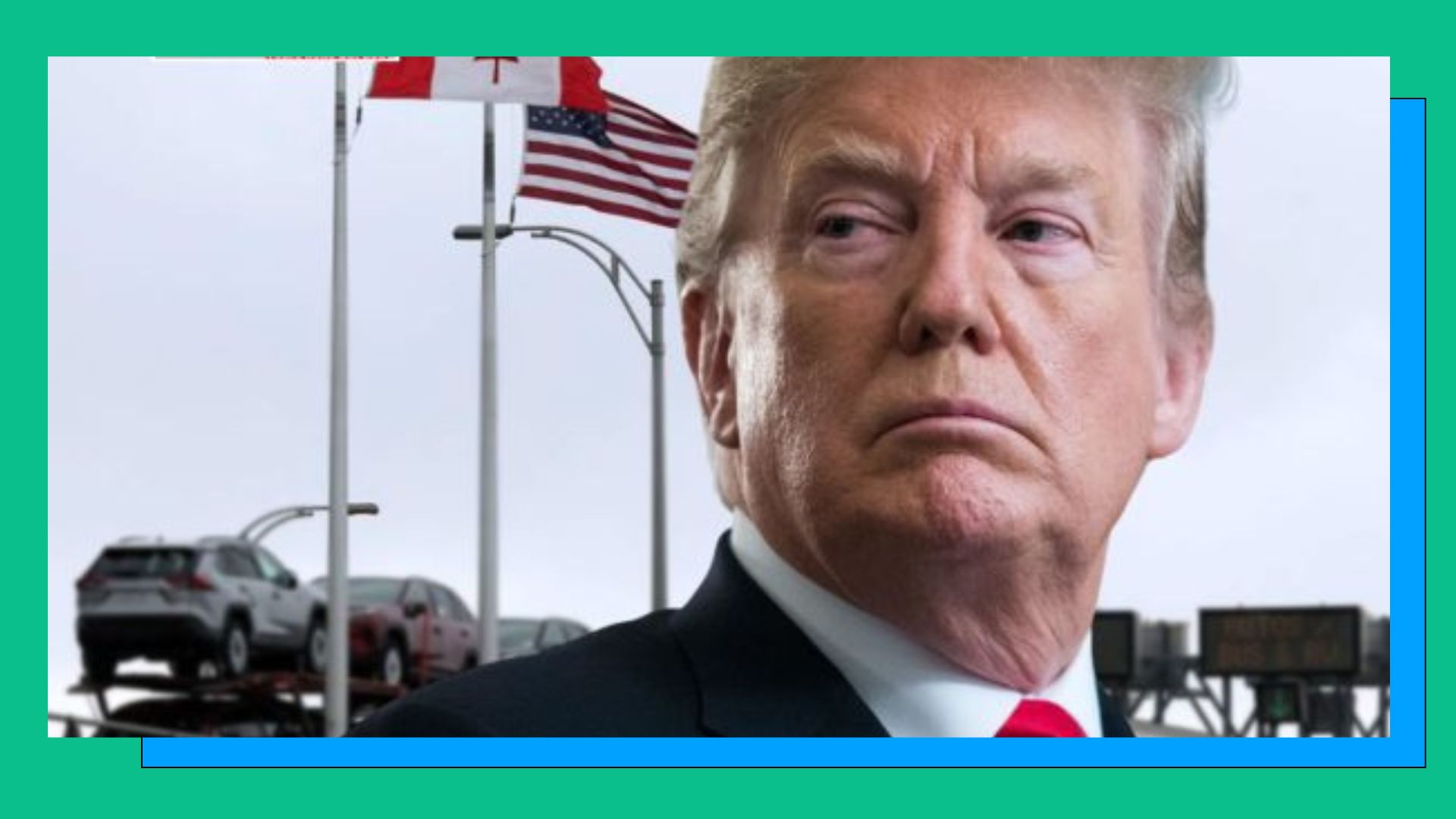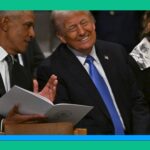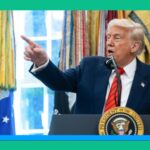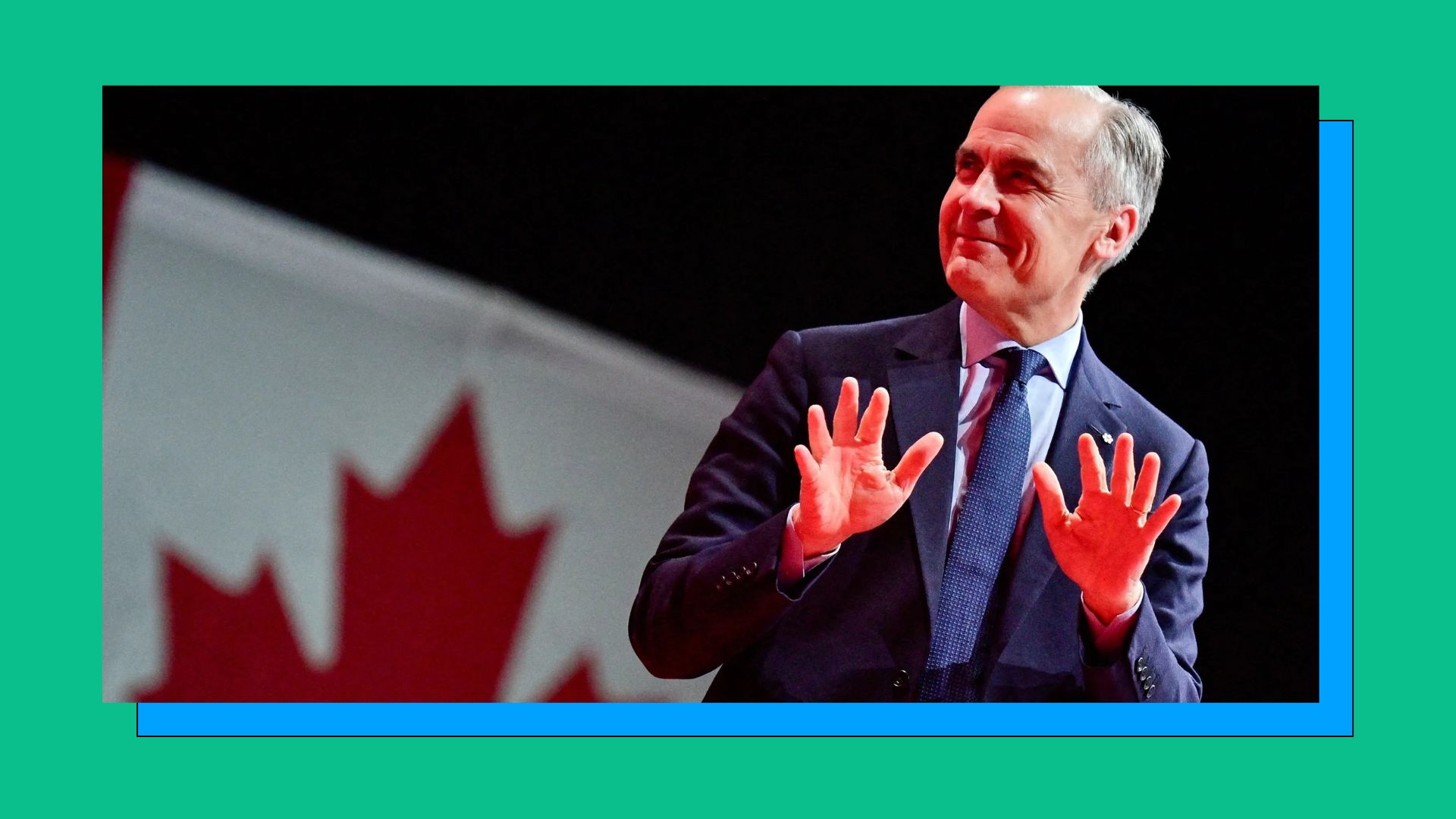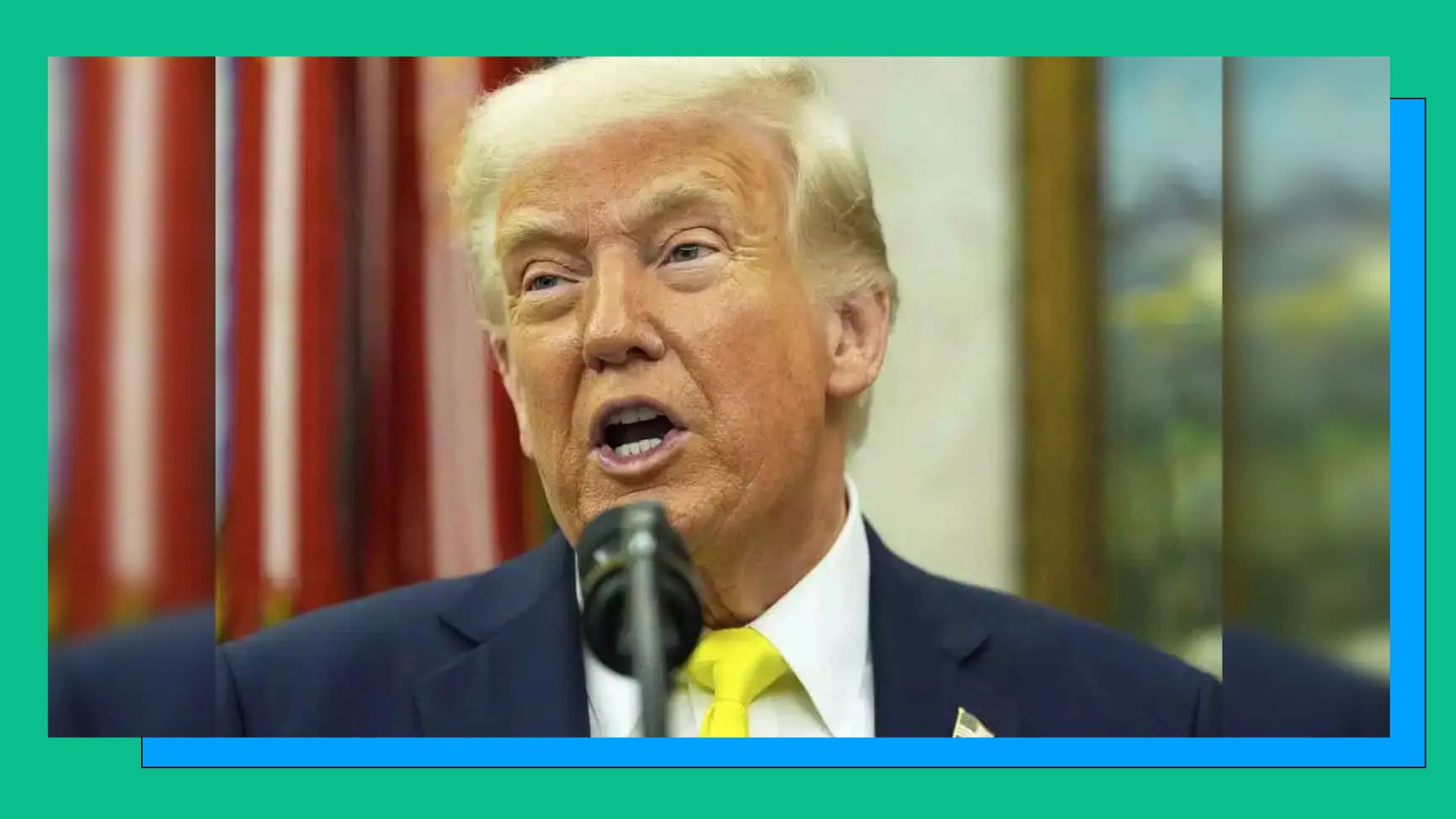In early 2025, President Donald Trump reignited trade tensions with Canada by announcing a 25% tariff on most Canadian imports and a 10% tariff on energy products, citing national security concerns and drug trafficking across the northern border. Canada swiftly retaliated with equivalent tariffs on U.S. goods, marking the onset of a significant trade conflict. Wikipedia
March 2025: Diplomatic Strains and Economic Fallout
Despite a temporary pause on some tariffs, the U.S. reinstated duties on steel and aluminum imports from Canada. Canada responded with its own set of tariffs, affecting a wide range of U.S. products. The economic impact was immediate, with Canadian manufacturers seeking alternative markets to mitigate losses. Reuters
April 2025: Political Rhetoric Escalates
President Trump intensified the situation by suggesting Canada could become the 51st U.S. state, a notion he reiterated during public appearances. Canadian officials, including newly elected Prime Minister Mark Carney, firmly rejected the idea, emphasizing Canada’s sovereignty and independence. Time
May 6, 2025: Leaders Confront Differences
In a high-stakes Oval Office meeting, Prime Minister Carney told President Trump that Canada is “not for sale,” rejecting any notion of annexation. The meeting underscored the deepening divide between the two nations, with trade disputes and political rhetoric straining the historically strong U.S.-Canada relationship.








